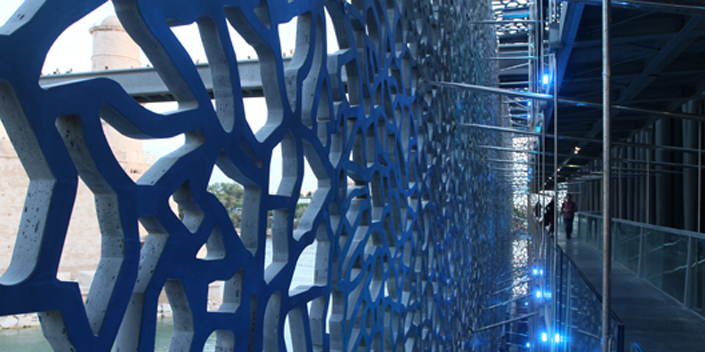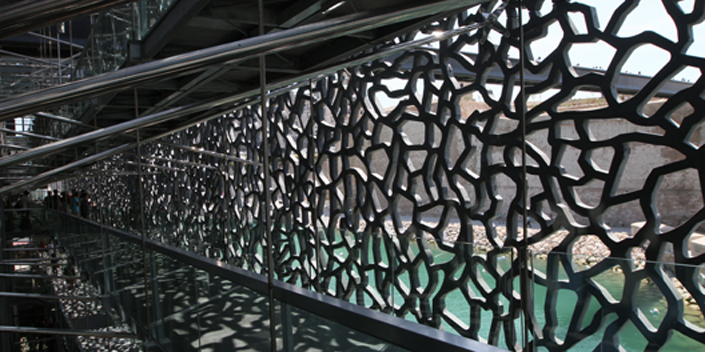
Panel discussion 1 :forever contemporary or how conserving what is consumable?
Rencontre
Museums of society, anthropology and contemporary art are facing the planned obsolescence. The problematic of technological or planned obsolescence, that is to say, the continuing renew of products put on the market, is affecting an important part of the production of contemporary items that might be collected by museums.
This issue urges to radically rethink about the ethical context of conservation and restoration, and consequently about the inalienability of collections: conserving in today’s consumerism society? Perfect replacement, dematerialization of collections? What sustainability? Should the object be kept in its original shape or in its initial appearance? What is the most important: intentionality or materiality of collections?
SUMMARY
- Michel Melot
Collecting and selecting the contemporary
The success of the “cultural heritage” notion whatever it is industrial, urban or landscaping, precisely relies on a different scale from museums ‘one, it is the relationship between art and history. The heritage purpose is established as a construction or a selection peculiar to every period and receiver. If the shaping of a collective taste could be explained by the cultural community, its lasting refers to ambiguous terms: “rebirths”, “metamorphosis”, “revivals”, “nachleben” to which we prefer that of “recycling”, illustrated by some examples.
- Bénédicte Rolland-Villemot
Forever contemporary or how conserving what is consumable?
- Ewa Fägerborg
Samdok and the collect of the contemporary
For more than three decades, Swedish museums of cultural history took part in the specific cooperation that was established and developed within the framework of Samdok – the national museum organization for contemporary studies and collecting. This paper discusses the work of Samdok, its shifting theoretical and methodological approaches, challenges and outcomes.
- Janet Marstine
A Hermit at the Manchester Museum: Deep Ecology and Ethical Stewardship of Collections
Using the case study of duration performance artist Ansuman Biswas’ 2009 Manchester Hermit, this paper will show how contemporary artists can advance ethics discourse in museums and, in the process, embolden museums to take an activist stance on key political issues. It will demonstrate that Biswas symbolically enacted loss and death as a provocation that empowered the Manchester Museum to champion issues of climate change, extinction and museum sustainability.
- Francesca Cozzolino
Between museum and documentation center: exhibiting a debatable heritage
This paper will present a peculiar case of heritage process and the creation of a documentation center about mural paintings. Using ethnographic data stemming from a long period of field work in a village located in Sardinia –Italy-, we will show the shifting status of these paintings and will describe the dynamics of negotiation between, on one hand, the discourses supporting the “cultural property” label attributed to these murals, and on the other hand, the resistances. This way, the data presented lead to rethink what we consider as a heritage property and what should be included in museums today.
- Jean-Paul Fourmentraux
Museums and the variability of online media artworks
Since the second half of the 1990s, the Net art has overturned the mediatic institutions and the ways of diffusion and reception of contemporary art. Taking advantage of the democratization of connected informatics, its presence on the internet promotes unseen ways of exhibition and promotion of works of art. In this context, the pure conservation of works stops being an end in itself because the Net art implies that the work stays accessible for the public. Beyond the major problem of “obsolescence” of techniques and/or informatics components linked to the works and the issue of their restoration – here called an “update” by analogy with the software world -, another crucial problem is posed by the Net art: the obligation of “accessibility” to online works.
| Prices | |
| Type of audience | Tout Public |
